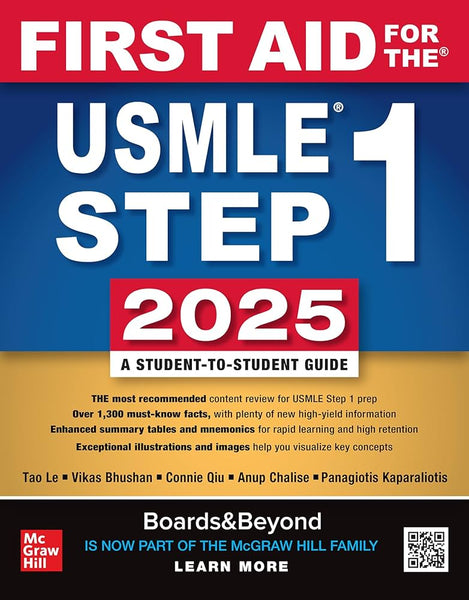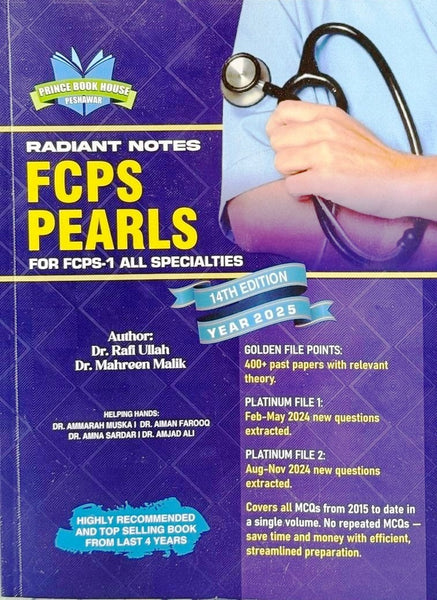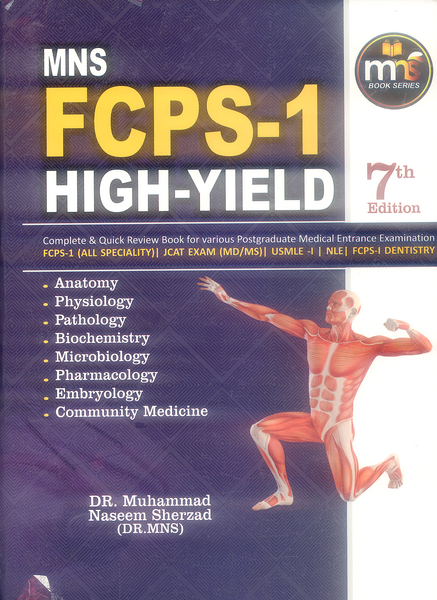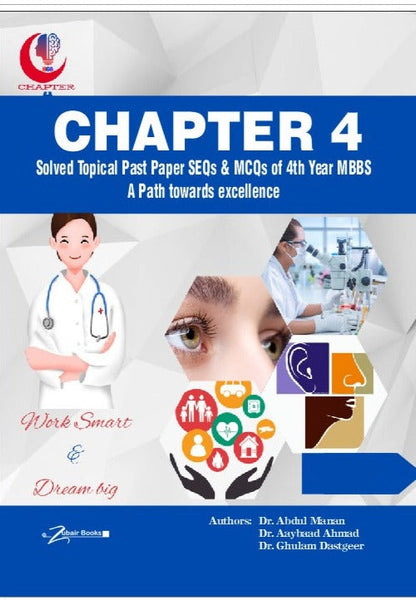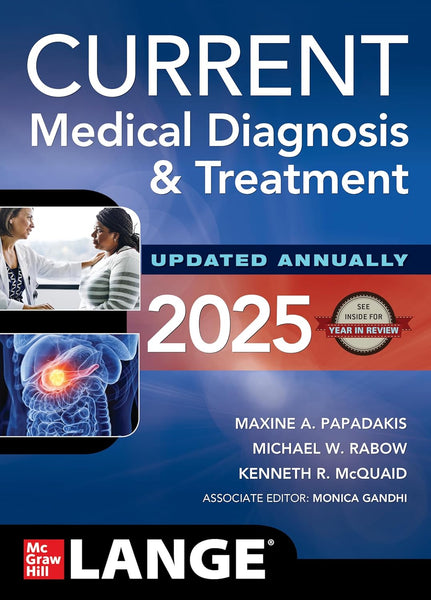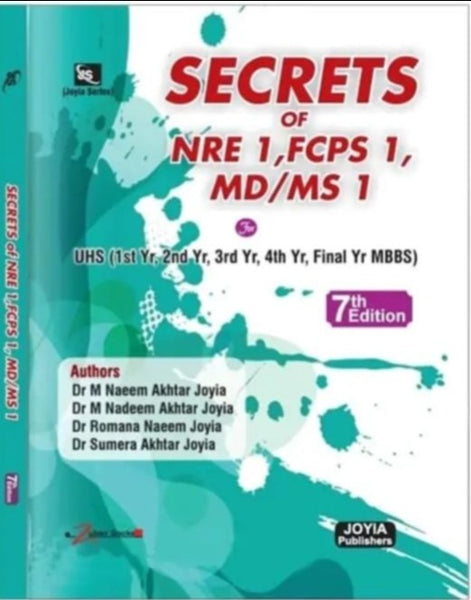Infant and young child feeding by WHO
- Publisher: MEDICAL BOOKS
- Availability: In Stock
- SKU: 43209
- Number of Pages: 109
Rs.390.00
Rs.550.00
Tags: best books , Best Price , Best Selling Books , Breastfeeding Benefits , Breastfeeding Guidelines , Child Health Promotion , Child Nutrition , Complementary Feeding , Early Childhood Nutrition , Exclusive Breastfeeding , Feeding Practices , Food Security for Infants , Formula Feeding Risks , Global Health Guidelines , Growth and Development , Health Professionals Guide , Infant and young child feeding , Infant Diet , Infant Feeding Challenges , Infant Feeding Policies , Infant Formula , Infant Growth Monitoring , Infant Nutrition , Malnutrition Prevention , Maternal and Child Health , Medical Textbook Chapter , Micronutrient Deficiencies , Nutrition for Newborns , Nutritional Deficiencies in Children , Nutritional Interventions , ONLINE BOOKS , Online Bookshop , Pediatric Health , Pediatric Nutrition , Weaning Process , WHO , WHO Feeding Recommendations , World Health Organization , Young Child Diet
Infant and Young Child Feeding
Model Chapter for Textbooks for Medical Students and Allied Health Professionals
Author: WHO (World Health Organization)
Introduction:
This WHO model chapter serves as an essential guide for medical students and allied health professionals on the principles and practices of infant and young child nutrition. It covers the importance of breastfeeding, complementary feeding, and nutrition policies to ensure optimal child health and development.
Key Points:
-
Importance of Exclusive Breastfeeding
- Advocates for exclusive breastfeeding for the first six months.
- Highlights the nutritional, immunological, and developmental benefits of breast milk.
-
Complementary Feeding Guidelines
- Introduces appropriate foods and feeding practices after six months of age.
- Stresses the importance of balanced, nutrient-dense foods in a child’s diet.
-
Common Nutritional Deficiencies and Their Prevention
- Discusses malnutrition, micronutrient deficiencies (iron, vitamin A, zinc), and their impact.
- Recommends fortified foods and supplementation where necessary.
-
Feeding in Special Circumstances
- Provides guidance on feeding during illness, emergencies, and for preterm/low birthweight infants.
- Addresses challenges like maternal HIV and artificial feeding alternatives.
-
Role of Healthcare Professionals in Infant Nutrition
- Emphasizes counseling parents on healthy feeding practices.
- Highlights the need for community-based interventions to promote better nutrition.
Why Read This Book?
- Essential resource for medical students and healthcare workers involved in maternal and child health.
- Offers practical, evidence-based guidelines aligned with WHO recommendations.
- Addresses real-world challenges in infant and young child feeding.
- Helps improve public health outcomes by promoting optimal nutrition practices.
Conclusion:
The WHO model chapter on Infant and Young Child Feeding is a critical guide for healthcare professionals aiming to support early childhood nutrition and development. By implementing these recommendations, medical practitioners can play a crucial role in reducing child mortality, malnutrition, and long-term health complications.



